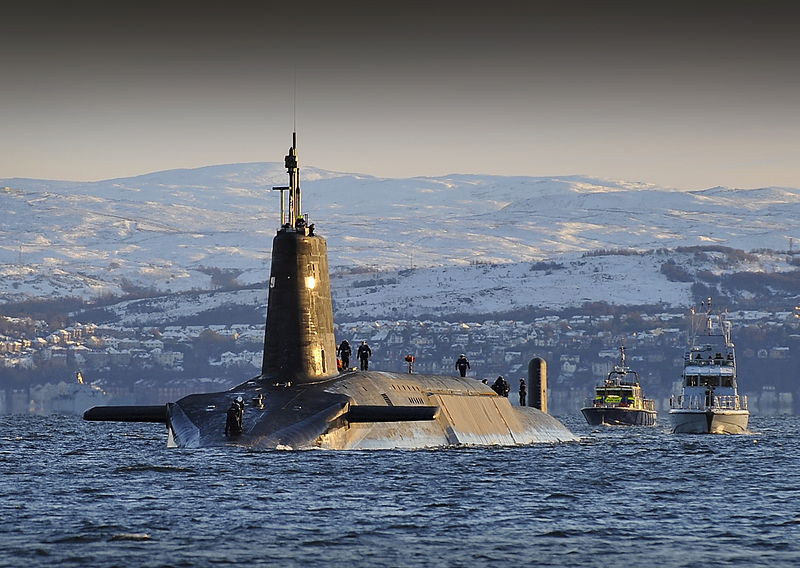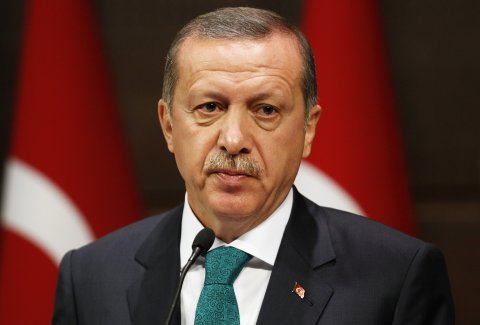What do you think of when you hear the words “Canadian defence procurement”? The Next-Generation Fighter Capability project, National Shipbuilding Procurement Strategy, or perhaps the Tank Replacement Project are likely to be the prominent topics for those interested in developments in defence materiel. While these projects justifiably enjoy enormous media attention and publicity, they tend to obscure another critical facet of procurement essential for sustaining Canadian defensive capabilities: the “everyday”.
[captionpix align=”left” theme=”elegant” width=”300″ imgsrc=”http://natoassociation.ca/wp-content/uploads/2014/04/24872.jpg”]
Of course, F-35 jets, a state-of-the-art navy, and Leopard 2A4 tanks may be a part of what constitutes a modern military, but things like tents, uniforms, and rifles are what constitute the very possibility of having any kind of military in the first place. There are an immense number of projects and contracts in place to supply the Canadian Forces with basic equipment and capabilities that rarely make top headlines; new boots for Canadian men and women in uniform are just one recent example. This particular project includes two contracts, one for Kodiak Group Holdings, and the other for L. P. Royer, and is valued at $11.7 million.
These kinds of acquisitions could represent a sizeable portion of total annual procurement spending. The Materiel Group, the division of the Department of National Defence (DND) responsible for acquiring new equipment and contributing to armed forces readiness, has a total budget of over $5 billion, and oversees more than $30 billion in assets and inventories. Getting a glimpse of how much of this is directed at more basic or fundamental procurement is not a straightforward affair; DND manages thousands of contracts directed at maintenance, acquisitions, training, and other services related to materiel and do not distinguish between large acquisition projects and basic procurement in their financial reports and forecasts. Perhaps the best indication of this kind of spending is the Materiel Group’s two principal accounts: Capital Acquisitions, directed at new asset sets and capabilities, and National Procurement, directed at the maintenance of existing capabilities. The latter account presumably handles the bulk of procurement related to such equipment including “tents, uniforms, and rifles”, and represents nearly half of the division’s total budget.
[captionpix align=”left” theme=”elegant” width=”300″ imgsrc=”http://natoassociation.ca/wp-content/uploads/2014/04/24968.jpg”]
One can justifiably lament the lack of specific publicly available figures and breakdowns for the “everyday” of defence procurement. While the big-ticket projects enjoy a high degree of scrutiny from the general public and industry experts alike, spending on the fundamentals is often overlooked, at times to the detriment of the Canadian Armed Forces. Take, for instance, the experience of Canadian front-line troops in Afghanistan in 2006 where reports were surfacing that basic equipment including ammunition, tents, boots, and vests were inadequate for the conditions of the mission. Many soldiers were found to be using privately purchased (out of their own pockets) equipment to become better suited for their mission parameters.
Transparency and accessibility on spending does not necessarily prevent these kinds of managerial failures from occurring, but it certainly increases accountability and long-term efficiency. As a 2011 report by the Auditor General of Canada indicates, DND has made some progress on this front, but still has some work to do in the way it reports its everyday maintenance and materiel acquisitions.




